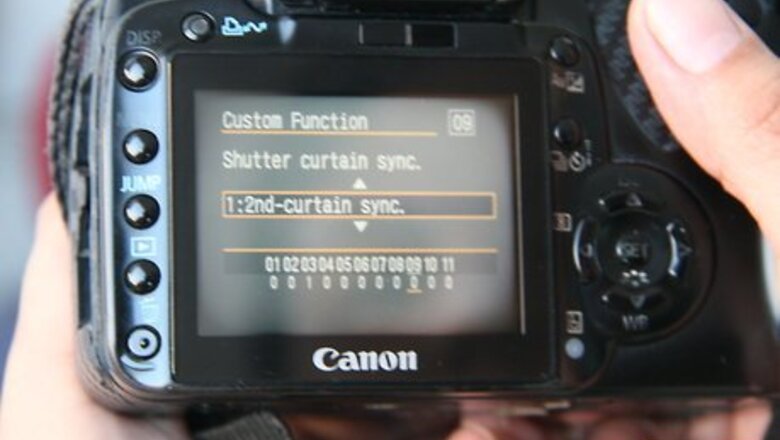
views
This article is assuming off camera flash.
Be sure that you have your flash manual. This will help you with items that you aren't familiar with. If you don't have it, try searching the Internet. You can probably find it.
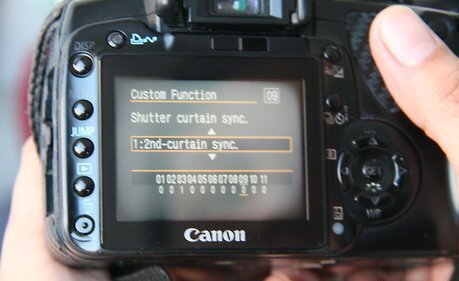
Set your flash to Front Curtain Sync mode. This flashes when your front curtain is completely open. This is usually enough to do stop motion photography.
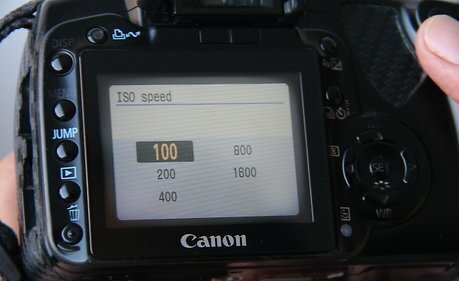
Set your camera to its lowest ISO.
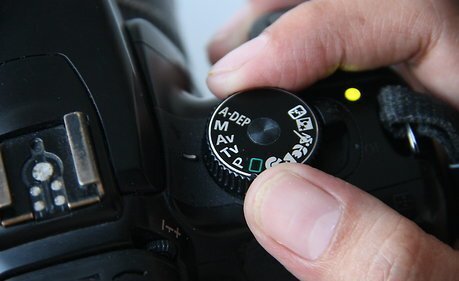
Set your camera to Aperture Mode. This is different things (acronyms) on different camera. You should know what your camera calls it.
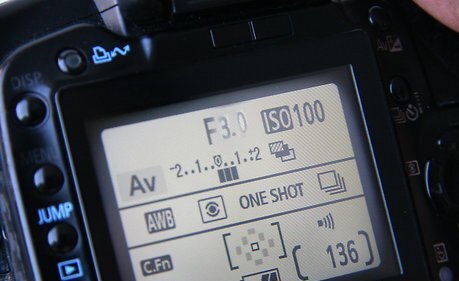
Set your Fstop wide open. This would be (usually), 1.4, 2, 3.5, etc. It will depend on your lens. This allows the most light into your camera.
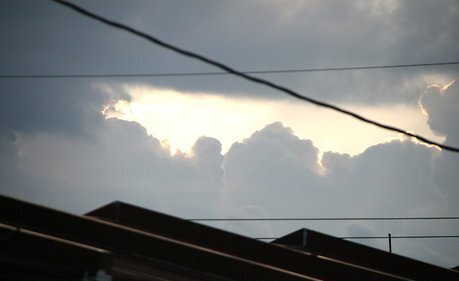
Note the conditions of the environment. Cloudy, filtered, sunny, etc. Write down all of the relevant information, if it will help.
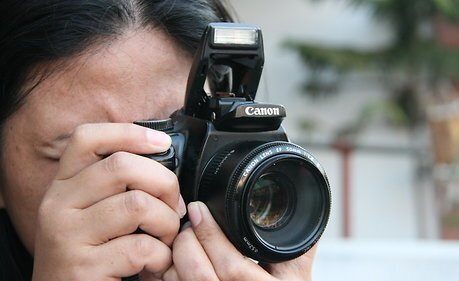
Determine the distance of your subject from the camera.
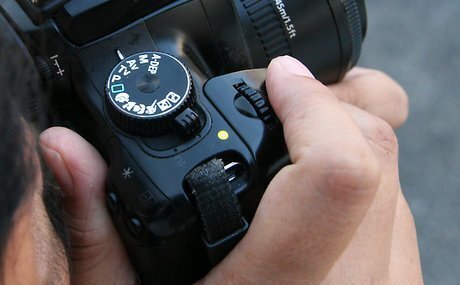
Take a shot. You aren't trying for Ansel Adams here. You want to learn what your camera and flash will do under certain situations.
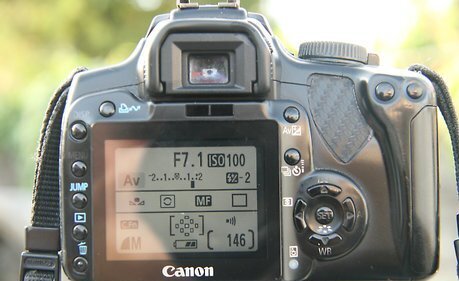
Be sure to note what the aperture setting, shutter speed, and your general thoughts about how the shot turned out. Know which of your notes/observations go with which image.
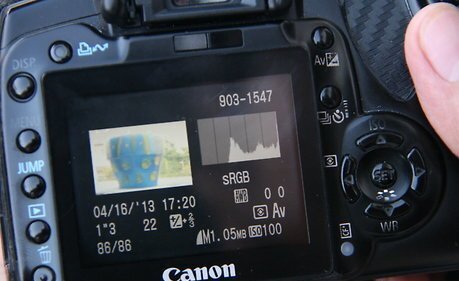
Look at your camera's histogram and see what your camera 'has to say' about how your shot turned out.
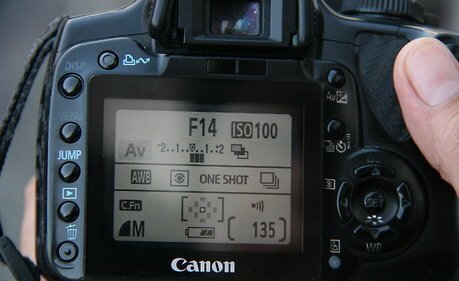
Set the aperture at the next widest full stop and repeat the last few steps of noting what all is involved with the shot.
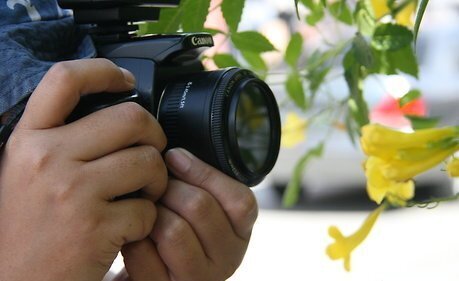
Repeat all of the previous steps at about half the distance and twice the distance. Do not shoot at distances that will over or underexpose the shot. If a shot is overexposed, don't shoot closer to the subject unless the camera is set to a narrower aperture (i.e. larger f/number). If it is underexposed, don't shoot further from the subject unless the camera is set to a wider aperture (i.e. smaller f/number).
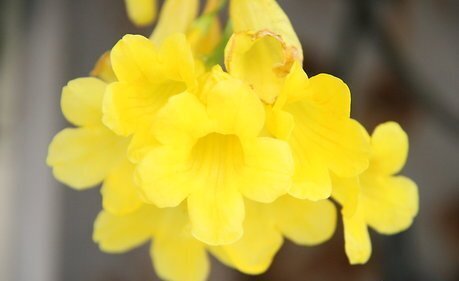
Pick your best shots and what you did to get those shots. Use those settings as a guide for that particular environment.
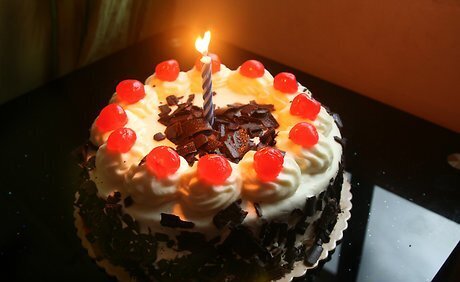
Repeat all of the steps under various lighting conditions. Some that you will want to experiment with are: Low lightLearn Flash Photography Step 14Bullet1.jpg Direct sunlightLearn Flash Photography Step 14Bullet2.jpg At nightLearn Flash Photography Step 14Bullet3.jpg Sporting eventsLearn Flash Photography Step 14Bullet4.jpg CeremoniesLearn Flash Photography Step 14Bullet5.jpg RacesLearn Flash Photography Step 14Bullet6.jpg











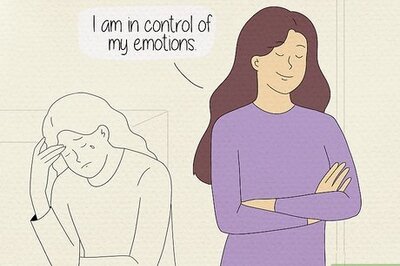



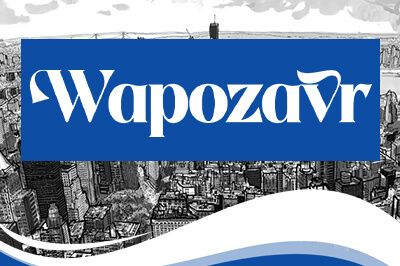
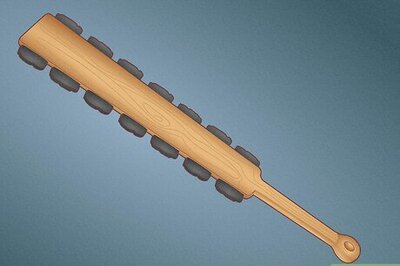
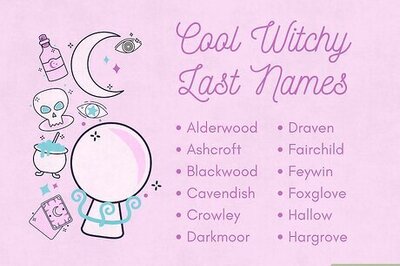
Comments
0 comment